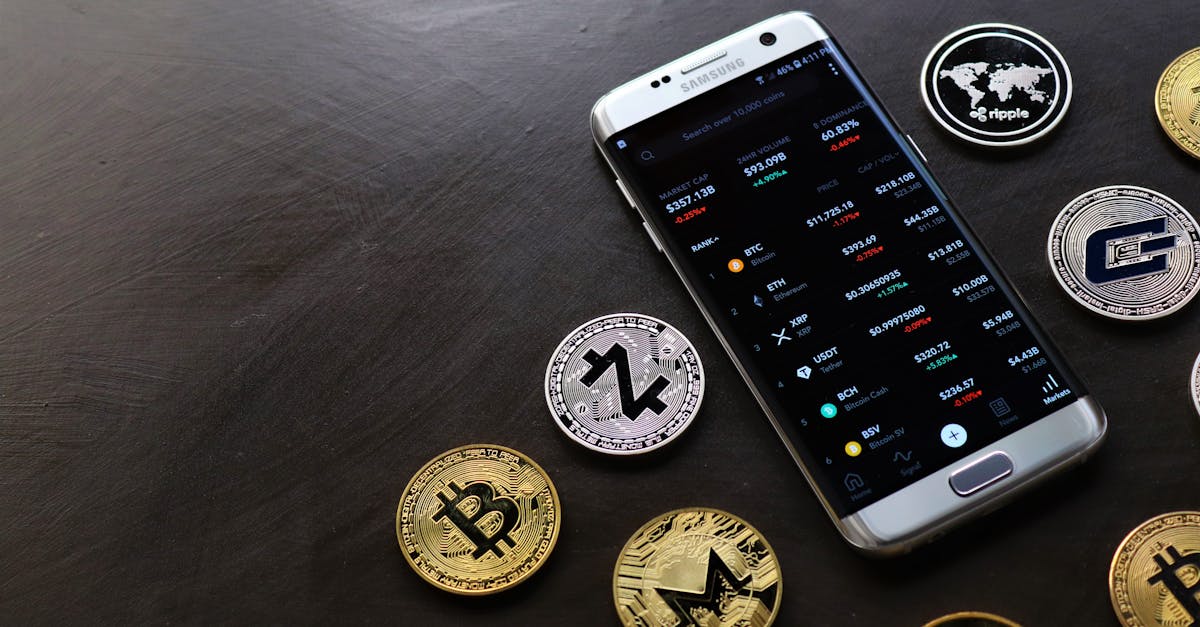The Rise of Digital Payments in 2024
Introduction
As 2024 unfolds, the digital payment landscape has become a focal point in the global discussion on finance and technology. Cash transactions are becoming relics of the past, making way for seamless electronic payments. But what's fueling this massive shift? With convenience at the forefront, digital payments offer a level of simplicity that appeals to both consumers and businesses alike. From mobile wallets to cryptocurrency, diverse options keep popping up, catering to different needs. As infrastructure evolves, more communities are embracing this change, contributing to a more interconnected economy. But at what cost or benefit?
Advertisement
Technological Advancements
At the heart of the digital payment surge is the rapid advancement in technology. Mobile devices and internet connectivity have unlocked new frontiers, allowing users to transact with a tap or scan. Near Field Communication (NFC) technology enables quick and safe tap-and-go transactions. Blockchain technology has further enhanced decentralization and security, making cryptocurrency a viable payment option across global markets. Meanwhile, cloud computing introduces vast processing power, ensuring these systems can handle high transaction volumes without a glitch.
Advertisement
Consumer Trends and Preferences
The consumer's preference for digital payments reflects a desire for speed, efficiency, and, importantly, adaptation. Modern consumers demand convenience, favoring platforms that provide quick payments and the ability to integrate with various services. Time efficiency, seamless cross-border transactions, and rewards programs have cultivated a digital-first mindset. Younger generations, particularly Millennials and Gen Z, lead this shift, relying heavily on smartphones for banking and payments, viewing them as extensions of their digital identity.
Advertisement
Business Adaptations
Businesses worldwide have strategically adapted to the rising demand for digital payment solutions. Companies have increasingly integrated digital payments into their customer experience strategies, recognizing their potential to drive sales and loyalty. E-commerce platforms now seamlessly include a variety of payment options, ensuring accessibility for consumers with different payment preferences. The B2B sector is not left out; with digitized invoicing and payments, transactions have become faster and more transparent, improving cash flow and reducing administrative costs.
Advertisement
Security and Fraud Prevention
Security remains a critical concern as digital payments gain popularity. However, advancements in technology have provided robust solutions to counteract potential threats. Biometric authentication—such as facial recognition and fingerprints—has heightened security levels significantly. The integration of artificial intelligence and machine learning allows for real-time fraud detection, swiftly identifying unusual patterns while enhancing security protocols. Additionally, dynamic card verification processes contribute to ensuring safer online and offline transactions.
Advertisement
Financial Inclusion
A remarkable benefit of digital payments is its role in driving financial inclusion across the globe. Unbanked populations in remote areas benefit from the accessibility of mobile banking, bridging the financial divide. Mobile payment systems enable people in developing countries to participate in commerce and access financial services traditionally unavailable. Digital payments also empower women and marginalized groups by giving them access to financial tools needed for entrepreneurship and self-sufficiency, facilitating economic growth at grassroots levels.
Advertisement
Challenges and Concerns
Despite their numerous advantages, digital payments pose specific challenges. Privacy concerns have arisen as users deal with potential data breaches and misuse of personal information. Moreover, the digital divide persists as infrastructure inadequacies in some regions pose accessibility barriers. Economic instability or policy changes in digital payment systems—like regulatory restrictions on cryptocurrencies—create absorption volatility, threatening financial security. Addressing these hurdles through regulatory frameworks and public-private collaborations is essential to ensure equitable growth.
Advertisement
Global Trends and Cultural Shifts
The digital payment trend is not relegated to a single region; it is a global phenomenon. Different countries are at various stages in adopting these technologies, leading to unique cultural shifts in payment habits and preferences. Asian markets like China and India are pioneers, showcasing robust mobile payment ecosystems that underline the "next-level" technology integration. Meanwhile, European markets have embraced digital wallets, and African markets see the highest growth rates in mobile money services, highlighting the balance between innovation adoption and cultural context.
Advertisement
The Future of Digital Payments
Looking ahead, the digital payments ecosystem is poised for even more innovation. Emphasis on creating a seamless and frictionless experience will likely drive future developments. Integrations involving the Internet of Things (IoT) promise more personalized payment experiences as connected devices become default transaction assistants. Moreover, as metaverse and augmented reality technologies expand, they could redefine payment interactivity. Ultimately, the continued collaboration between technology developers, financial institutions, and governments will shape the framework of this evolving digital economy.
Advertisement
Conclusion
The rise of digital payments in 2024 marks a significant transformation in how we transact, bringing unparalleled convenience and connectivity. As technology advances, it opens doors to expanded financial inclusion, reshaping the traditional landscape. However, maintaining robust security and addressing challenges remains crucial for sustainable growth. By fostering development while preserving user trust, society can enjoy the benefits of a digitally connected world. Embracing these changes leads to a future where payment processes are more accessible, seamless, and integrated than ever before.
Advertisement








